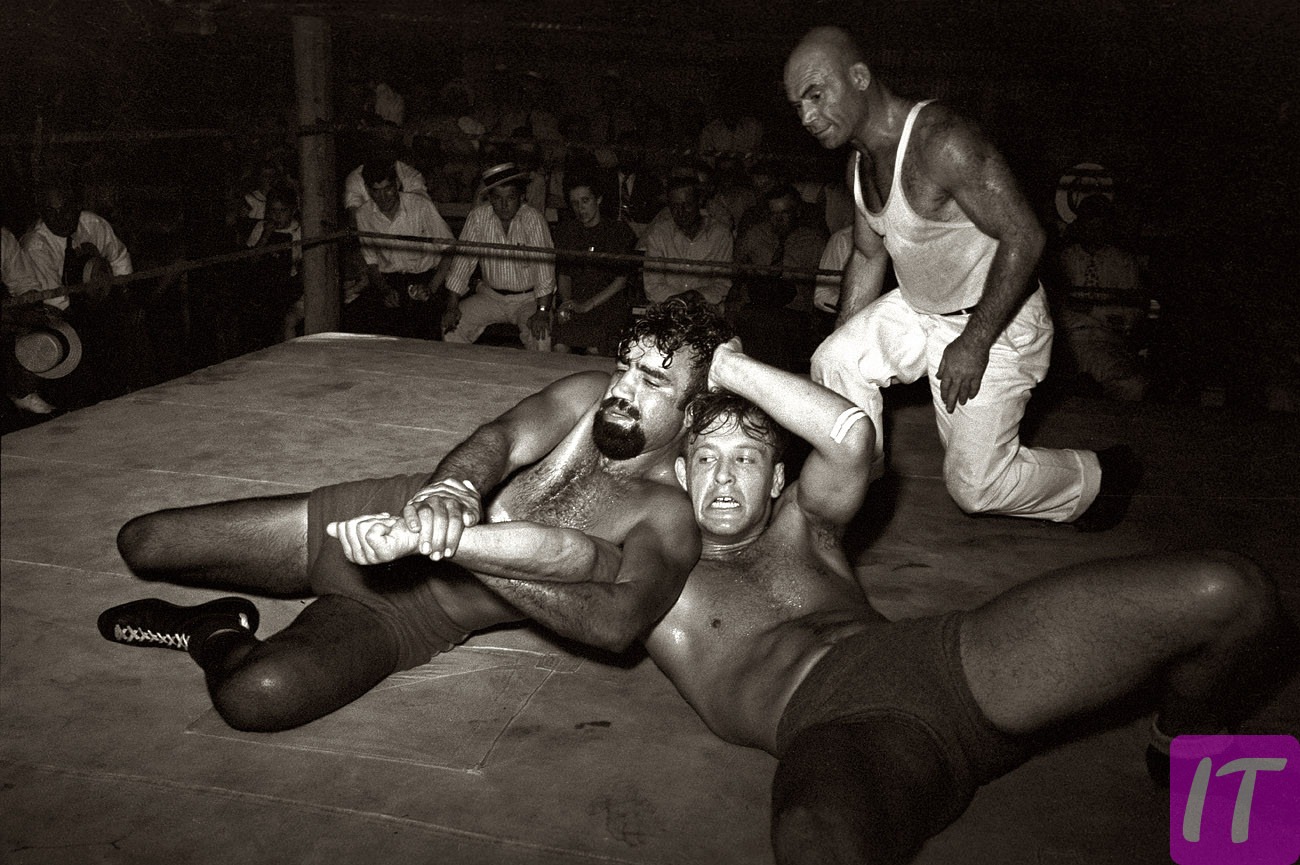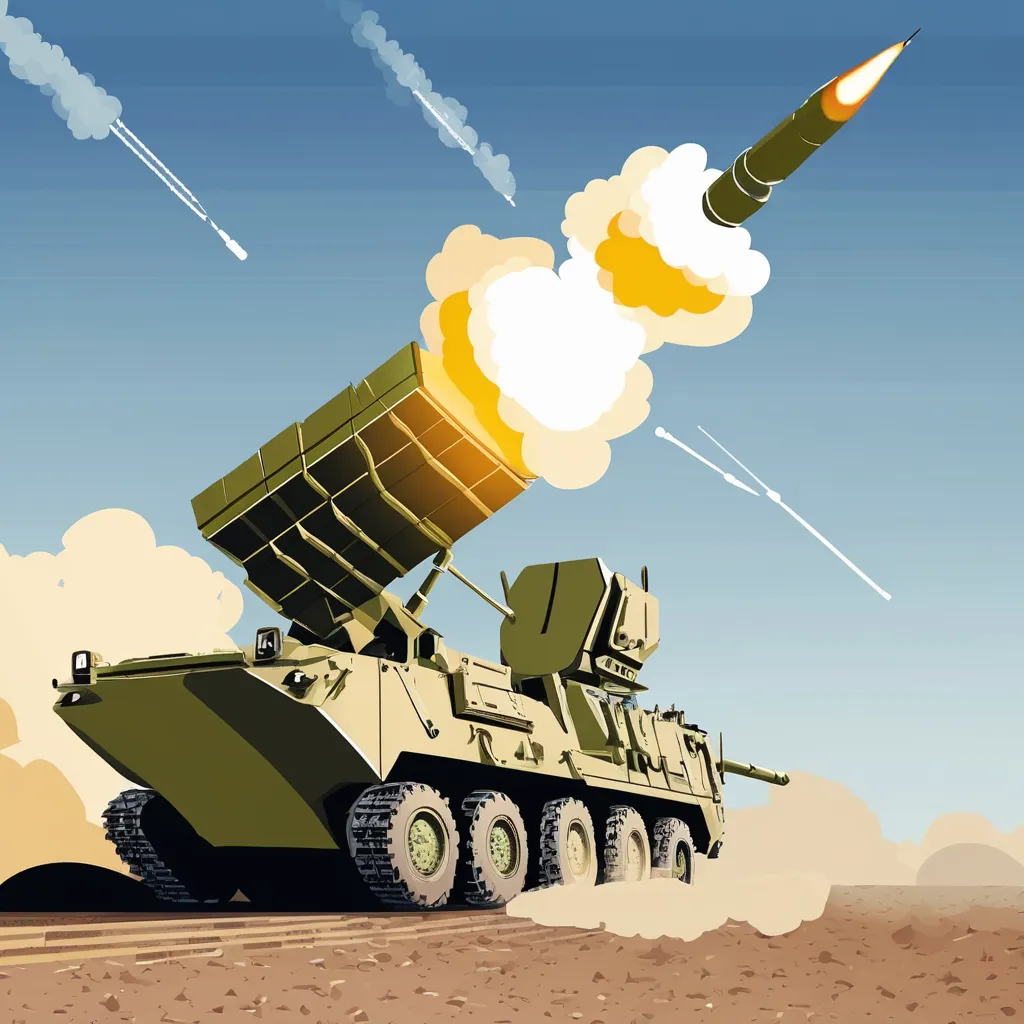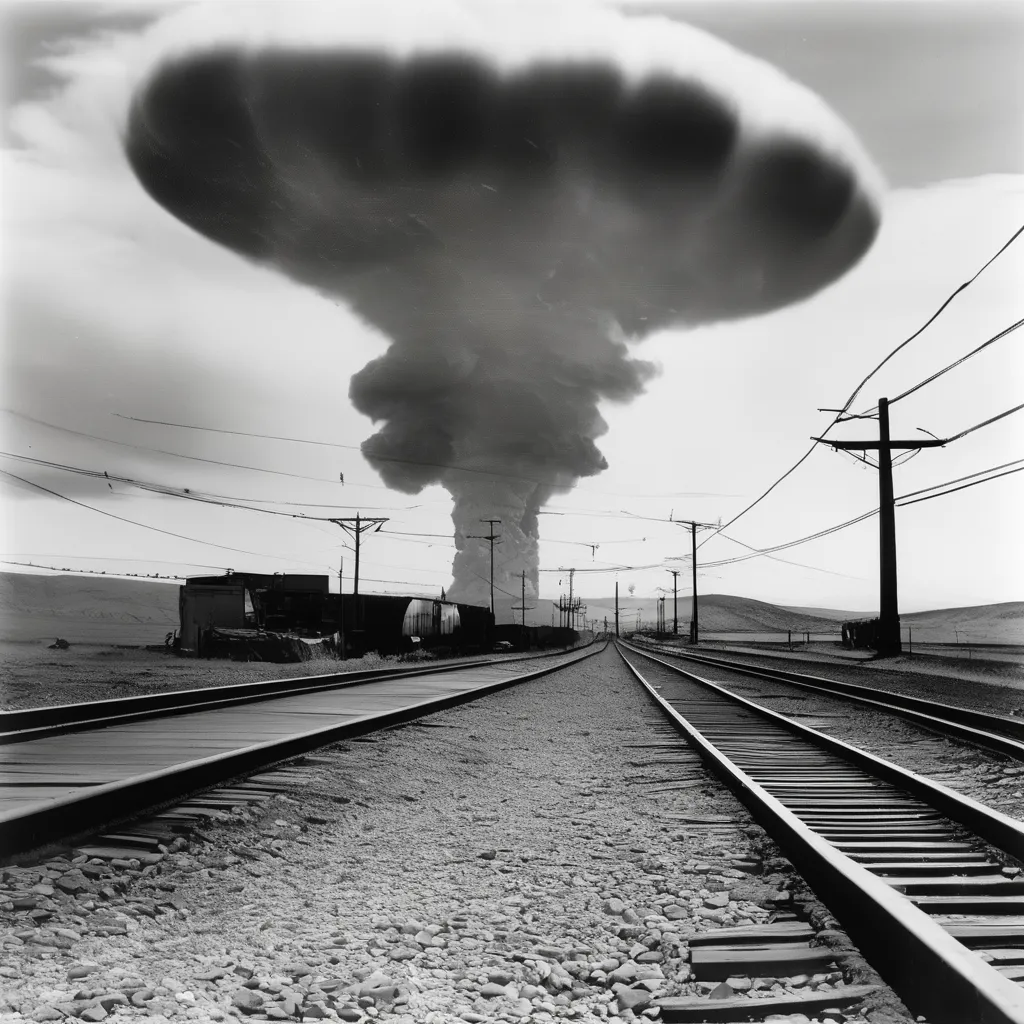Wrestling, with its origins tracing back to ancient civilizations such as Greece and Rome, has always been more than just a sport—it’s a spectacle. These matches were not merely demonstrations of strength but were imbued with cultural significance and rituals. Fast forward to the 20th century, professional wrestling began evolving into a blend of athletics and theatrical entertainment.
The World Wrestling Federation (WWF), which later became WWE, revolutionized wrestling with dramatic storylines and larger-than-life characters. Established in the 1980s by Vince McMahon, the WWF capitalized on television to reach millions of households. Notably, by WrestleMania III in 1987, the WWF attracted a crowd of over 93,000 fans, marking one of the highest-attended indoor sporting events in history.

The ancient roots of wrestling
Wrestling has been around for thousands of years, dating back to ancient civilizations. In ancient Greece, it was a major part of the Olympic Games around 708 BC. Wrestlers would grapple in the nude, a tradition that continued into Roman times. These ancient matches were often brutal, with few rules to protect the fighters. Yet, they were highly popular forms of entertainment.
The ancient Egyptians also practiced wrestling, as depicted in their tomb paintings. These images show wrestlers using a variety of holds and techniques, similar to those used today. Wrestling was more than just a sport for the Egyptians; it had cultural and religious significance. They believed that wrestling demonstrated divine favor and physical prowess. It was probably part of military training as well.
The Sumerians, who lived in what is now Iraq, included wrestling in their religious festivals. Carvings from that era show wrestlers in different poses and holds. This suggests that wrestling was well-organized and a respected tradition. It also highlights how widespread and important wrestling was across ancient cultures. Traditions and techniques were often passed down through generations.
In ancient India, wrestling was known as malla-yuddha and was an essential part of physical education. Indian wrestlers practiced in pits filled with soft earth to prevent injuries. Matches often took place during religious or festive events. Wrestling in India was seen as both a sport and a spiritual exercise. It emphasized discipline, physical fitness, and sportsmanship.
Wrestling in ancient civilizations
Wrestling was an important sport in ancient Greece and Rome. In Greece, it was included in the Olympic Games, making it a prestigious event. Athletes trained rigorously and competed with great honor. Romans later adopted and adapted Greek wrestling styles for their own games. Some Roman matches even occurred in massive arenas like the Colosseum.
Ancient Egyptian wrestling is evident in numerous tomb paintings, depicting the sport’s significance. These paintings show various holds and techniques, indicating a structured approach to wrestling. Wrestling served both an amusement and a cultural practice. It may have been linked to military training and religious rituals. Wrestling helped showcase physical strength and strategy.
In ancient China, wrestling known as “Jiao Li” was popular during the Zhou Dynasty. Initially, it was practiced by the military to improve combat skills. Over time, wrestling competitions became public spectacles at festivals. The techniques used in Jiao Li are similar to modern wrestling forms. Chinese wrestling has contributed much to the global understanding of martial arts.
In India, wrestling held spiritual and physical importance, known as malla-yuddha. Ancient texts like the Mahabharata have references to wrestling. Wrestlers would train in special pits filled with soft earth to avoid injuries. Matches often took place during significant cultural events. This sport was not only about strength but also discipline and moral character.
The transformation of wrestling into a professional sport
The shift from traditional to professional wrestling began in the late 19th century. Strongmen and circus performers often held matches for entertainment. Over time, these events grew more organized and drew larger crowds. Promoters saw the potential for profit and began charging admission. This transformation laid the groundwork for modern professional wrestling.
Early professional wrestling often took place in carnivals and vaudeville shows. Wrestlers developed personas and storylines to captivate audiences. Matches were sometimes pre-determined to ensure entertainment value. As wrestling grew in popularity, it moved to larger venues. The excitement and drama made it a favorite pastime.
By the mid-20th century, wrestling became a staple on television. Icons like Gorgeous George used flamboyant costumes and dramatic behavior to draw viewers. This change brought wrestling into millions of homes and expanded its fan base. Television evolved wrestling into a weekly spectacle, complete with heroes and villains. This exposure drastically increased the sport’s popularity and profitability.
Modern wrestling organizations, such as WWE, have perfected the blend of sport and entertainment. They invest heavily in production, storylines, and character development. Wrestlers today are not just athletes but also performers. This dual role keeps fans engaged and ensures repeat viewership. Wrestling has become a global phenomenon, appealing to audiences of all ages.
The inception of WWF and its impact on wrestling
The World Wrestling Federation (WWF) was founded by Vince McMahon in the 1980s. It transformed the wrestling landscape with its blend of sports and entertainment. Before the WWF, wrestling was more regional, with various smaller promotions. McMahon envisioned a national, even global, platform for wrestling. This vision led to the WWF dominating the industry.
A significant factor in WWF’s rise was its use of television. McMahon secured deals with major networks, ensuring WWF matches reached millions of homes. Shows like “Monday Night Raw” and pay-per-view events became fan favorites. The blend of athleticism and dramatic storylines kept audiences hooked. Television helped turn wrestlers into household names.
One of the most notable impacts of WWF was its star-making ability. Wrestlers like Hulk Hogan, The Rock, and “Stone Cold” Steve Austin became cultural icons. Their personas transcended the ring and entered mainstream media. These stars boosted WWF’s popularity and drew new fans to wrestling. Their influence is still felt today, with older fans introducing new generations to the sport.
WWF also revolutionized the business side of wrestling. Merchandising, video games, and action figures created additional revenue streams. Fans could buy T-shirts, posters, and even branded snacks. Events like WrestleMania became not just matches but full-fledged entertainment extravaganzas. This commercial success cemented WWF’s place in pop culture.
WWF’s impact extended globally, bringing professional wrestling to international audiences. Tours in Europe, Asia, and other parts of the world expanded its fan base. Wrestling organizations in other countries began to adopt WWF’s model. This global reach has helped wrestling become a universal form of entertainment. The WWF’s strategies influenced many other wrestling promotions worldwide.
Additionally, the WWF, now rebranded as WWE, continues to innovate. Its use of social media and digital platforms keeps the audience engaged. WWE Network offers a vast library of content, allowing fans to watch anytime, anywhere. The company’s ability to adapt ensures its ongoing relevance. Wrestling’s cultural impact owes much to the original success of the WWF.
Revolutionary changes introduced by WWF
The WWF introduced several revolutionary changes to professional wrestling. One of the most impactful was the creation of WrestleMania. This annual event became the Super Bowl of wrestling, featuring marquee matches and celebrity guests. WrestleMania brought mainstream attention to the sport. Its success paved the way for other pay-per-view events.
Another significant change was the introduction of larger-than-life characters. WWF wrestlers were no longer just athletes; they were performers with distinct personas. Hulk Hogan’s “Real American” hero and The Undertaker’s eerie, supernatural character are prime examples. These personas made the storylines more engaging and memorable. Fans connected with these characters on a personal level.
WWF also innovated by incorporating dramatic storylines and rivalries. Matches were no longer just physical contests but part of ongoing narratives. Wrestlers had feuds that played out over months, adding emotional investment for the audience. This shift made wrestling more like a serialized TV show. The stories kept fans coming back week after week.
Television production values saw a significant boost thanks to WWF. High-quality cameras, special effects, and professional lighting enhanced the viewing experience. The WWF also utilized music and pyrotechnics to make wrestler entrances more exciting. These production values set a new standard for sports entertainment. The visual spectacle was as important as the athletic display.
WWF radically changed the business model of wrestling. Merchandising became a huge part of its strategy. Fans could buy action figures, T-shirts, and even lunchboxes featuring their favorite wrestlers. This approach created a multi-million-dollar merchandise industry. It allowed fans to express their loyalty in tangible ways.
Social media and digital platforms became new frontiers for WWF, now WWE. They used these platforms to engage with fans directly. Wrestlers could now share behind-the-scenes moments and interact with their audience. Digital content offered another stream of revenue and increased fan involvement. These strategies ensured wrestling remained relevant in the digital age.
The evolution and current status of wrestling and WWE
Wrestling has come a long way from its humble beginnings to its global presence today. WWE, formerly WWF, has been instrumental in this evolution. Over the years, the company has continuously adapted to stay relevant. The introduction of new match types and rules has kept the sport fresh. This adaptability has helped WWE maintain its leading position in the wrestling world.
One notable aspect of WWE’s evolution is its diversification of talent. Female wrestlers, once relegated to minor roles, now headline major events. WWE’s “Women’s Revolution” has elevated female wrestlers to equal status with their male counterparts. This change has attracted a broader audience. Today, women’s matches are as popular as men’s.
Technological advancements have also played a crucial role in wrestling’s evolution. WWE was quick to embrace digital media and live streaming. WWE Network offers fans access to a vast library of matches and exclusive content. This digital shift has allowed WWE to reach fans worldwide. It has also provided new ways for fans to engage with the sport.
Wrestling today is more global than ever. WWE stages events in countries like Saudi Arabia, India, and the UK. These international tours help expand the fan base and bring wrestling to new audiences. They also showcase diverse wrestling styles from different cultures. This global outreach is crucial for wrestling’s continued growth.
WWE has also placed a significant emphasis on youth development. Programs like NXT focus on training and nurturing new talent. This ensures a steady stream of skilled wrestlers ready to headline major events. It also provides fans with exciting, new faces to follow. Youth development keeps the sport fresh and exciting.
Despite changes and challenges, WWE remains a dominant force in professional wrestling. The company’s ability to innovate and adapt has kept it at the forefront. WWE continues to draw large audiences and generate significant revenue. Its blend of athleticism, drama, and spectacle ensures it will remain popular. Wrestling, in general, has never been more vibrant.

Frequently Asked Questions
Below are some common questions about the development and current state of wrestling and the WWE. These questions provide insight into various aspects of this fascinating sport and entertainment phenomenon.
1. What was the impact of television on the popularity of wrestling?
Television had a huge impact on wrestling, making it accessible to a wider audience. Before TV, matches were mostly local events with limited reach.
With shows like “Monday Night Raw,” wrestling entered homes globally, increasing its fan base. This exposure made wrestlers like Hulk Hogan household names.
2. How did WrestleMania revolutionize professional wrestling?
WrestleMania transformed professional wrestling by becoming an annual event that attracted worldwide attention. Its mix of dramatic storylines and high-profile matches set a new standard for sports entertainment.
The event featured celebrity appearances and major rivalries, drawing huge audiences. WrestleMania’s success paved the way for other pay-per-view events in wrestling.
3. What changes did Vince McMahon introduce to WWF?
Vince McMahon introduced several revolutionary changes to WWF, such as national television deals and larger-than-life characters. He focused on making wrestling more entertaining with dramatic storylines.
Merging athleticism with showmanship, he attracted broader audiences. McMahon also successfully marketed merchandise which added another revenue stream for WWF.
4. How has women’s wrestling evolved over time?
Women’s wrestling has seen tremendous evolution from being side attractions to headlining main events. The WWE’s “Women’s Revolution” significantly improved their status in the industry.
This movement gave female wrestlers equal screen time and major storylines, attracting more viewers. Today, women wrestlers feature prominently in top-tier events like WrestleMania.
5 Why is WWE considered a global phenomenon today?
The WWE is considered a global phenomenon due to its international tours and digital content reach. Events are staged worldwide, from Europe to Asia, expanding its fan base.
Their use of social media also connects fans around the globe instantly. This international focus has kept WWE relevant across different cultures and generations.
Conclusion
The history and evolution of wrestling and WWE showcase a remarkable journey from ancient sport to modern spectacle. With key innovations like WrestleMania and the integration of dramatic storylines, WWE has revolutionized the industry. Vince McMahon’s vision and strategic use of television played a crucial role.
Women’s wrestling and global reach further signify WWE’s dynamic growth. The continued blend of athleticism and entertainment ensures its place in popular culture. WWE remains a dominant force, appealing to fans across generations and geographies. Its ongoing evolution promises more excitement in the future.







